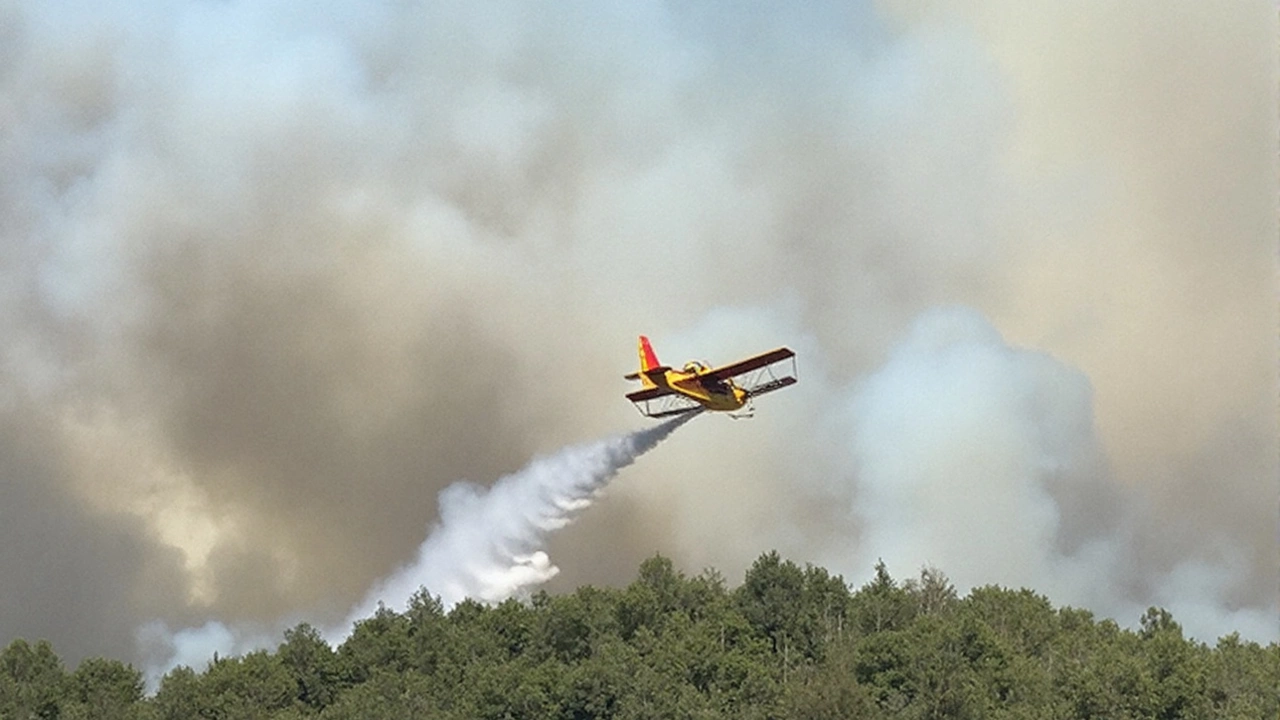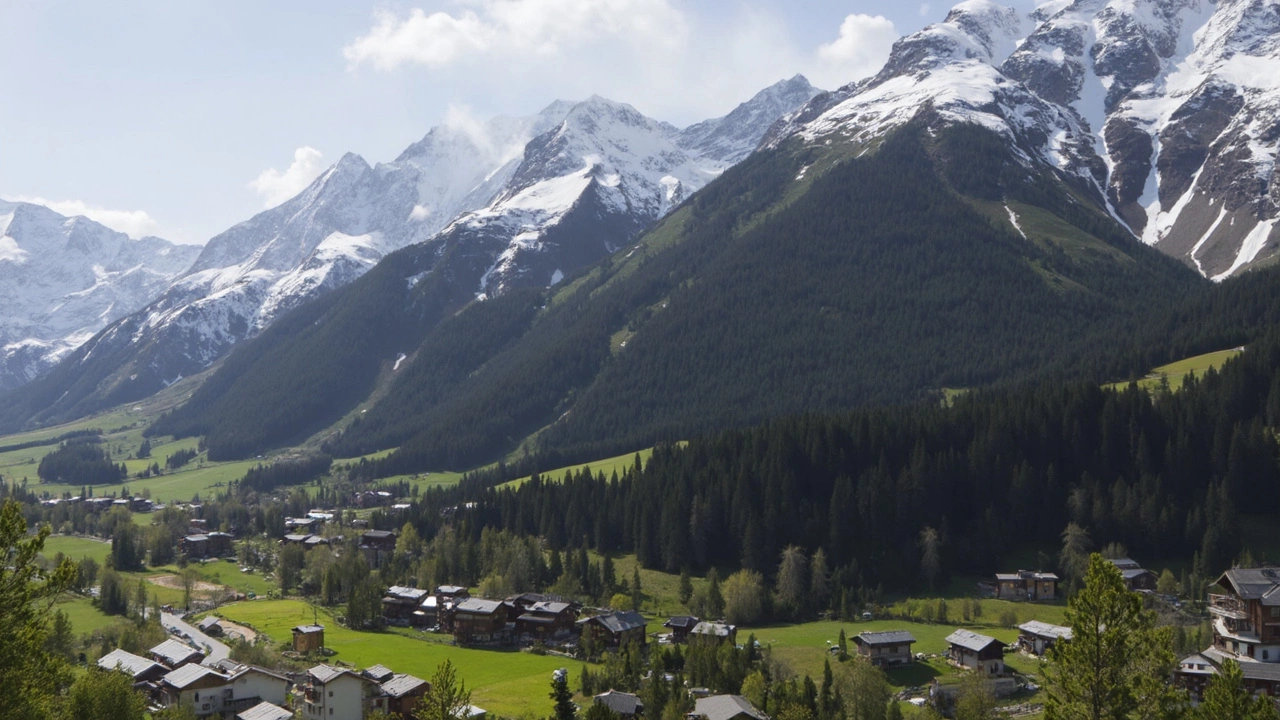Evacuation Tips and Resources for New Yorkers
When a storm rolls in or a fire breaks out, knowing how to get out fast can be the difference between panic and safety. Below you’ll find simple steps you can take right now to be ready for any evacuation scenario, whether it’s a community event, a school drill, or a sudden weather warning.
Why You Need an Evacuation Plan
Most people assume they’ll figure it out when the alarm sounds, but the truth is that a clear plan saves time and reduces stress. A solid plan tells you where to go, what to bring, and how to stay in touch with family or teammates. It also helps local authorities manage crowds and keep roads clear. The result? Faster exits and fewer injuries.
Think about the last time a flood warning hit your area. Did you know the safest route out of your neighborhood? If you guessed, you probably missed a better road that stays above water. A pre‑mapped route eliminates that guesswork.
How to Build Your Evacuation Kit
Start with the basics: water, non‑perishable food, a flashlight, batteries, a first‑aid kit, and any prescription meds. Add a portable phone charger, a list of emergency contacts, and a copy of important documents (ID, insurance, medical info). Pack everything in a sturdy, waterproof backpack that you can grab in under a minute.
If you coach a youth team or run a sports club, include extra items for kids—snacks, a small toy, and a change of clothes. Kids get anxious quickly, and a familiar object can calm them while you move to safety.
Don’t forget a face mask and a basic set of tools (like a multi‑tool or a small crowbar) if you need to clear a blocked exit. All these items fit in a backpack that you keep near the front door, so you never have to search for them.
Finally, test your kit once a month. Replace expired food, check battery levels, and make sure everything still fits comfortably. A quick check keeps you ready without feeling like a chore.
Practicing the Plan
Practice makes perfect. Walk through your evacuation route at least twice a year—once on foot and once by car. Time how long it takes and note any obstacles: construction, narrow bridges, or heavy traffic. Adjust your route if needed.
For families, do a drill after dinner. Announce a “fake alarm,” grab the kit, and head to your meeting spot. Kids learn faster when they see you staying calm and organized.
If you’re part of a sports team, schedule a brief safety meeting before the season starts. Review the plan, assign a point person for each group, and make sure everyone knows the meeting point. You’ll thank yourself later when a real alert comes.
Staying Informed
Sign up for local alerts via text or app. Many New York agencies send real‑time updates on floods, hurricanes, and fires. Keep the phone on silent but within reach, and set it to vibrate for emergencies.
During an event, listen for announcements from staff or security. They’ll guide you to the nearest exit and share any road closures. If you’re unsure, follow the crowd—most people head to the safest known exit.
Remember, the goal is to move quickly, stay together, and keep your kit close. With a plan, a kit, and a little practice, you’ll turn a scary situation into a manageable routine.
Stay safe, stay prepared, and keep those evacuation skills sharp—you never know when they’ll come in handy.
Kieran Lockhart, Aug, 7 2025
Wildfires Ravage Southern France’s Aude Region, Forcing Mass Evacuations
A fast-moving wildfire in the Aude region of southern France has scorched 16,000 hectares, killed one, and injured 13. Over 2,000 firefighters battle the flames, as residents are forced to evacuate and vital roadways are shut down. With dry winds fanning the fire, the risk of further destruction looms.
View MoreKieran Lockhart, May, 29 2025
Swiss Village Blatten Faces Full Evacuation as Landslide Danger from Birch Glacier Looms
On May 19, 2025, about 300 people and all livestock were evacuated from Blatten in the Swiss Alps because nearby Birch Glacier showed signs of an imminent landslide. Authorities quickly declared a 'special situation' and brought in emergency teams, acting on experiences from similar past crises.
View More





